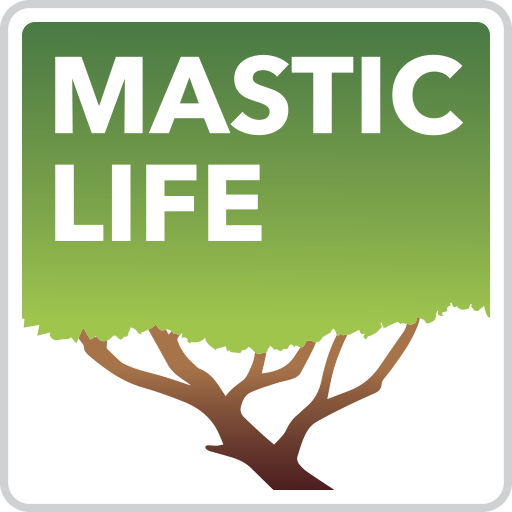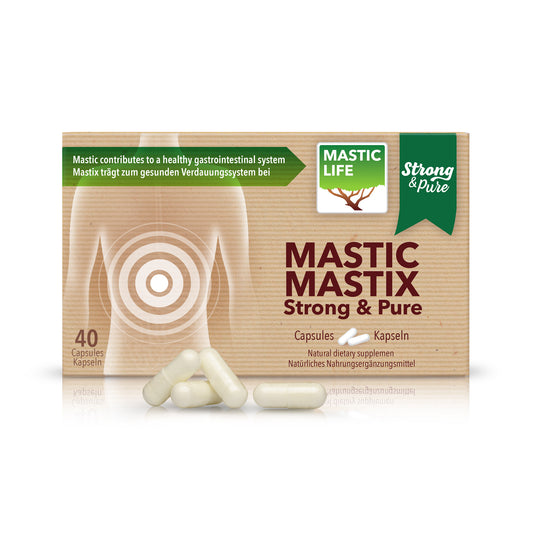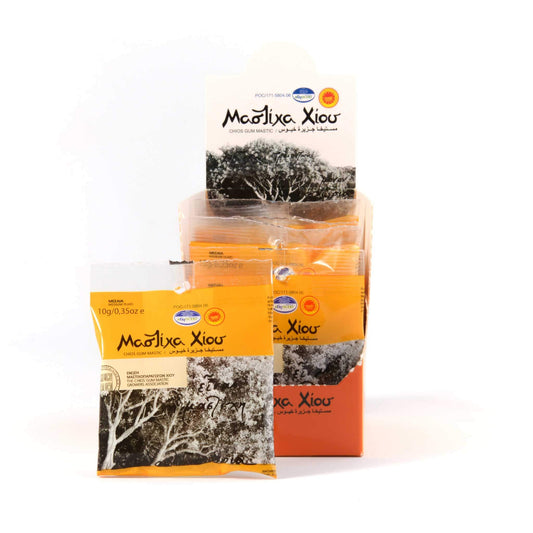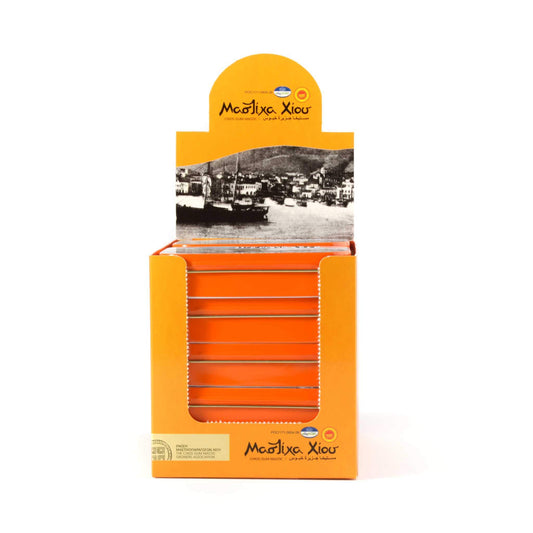Studies: ANTI-HYPERTENSIVE ACTIVITY OF CHIOS MASTIC
The known protective effects of Chios Mastic gum against oxidative and inflammatory pathways, which are implicated to a certain extend in the pathogenesis of hypertension, set the rationale for mastic’s anti- hypertensive activity. In 2018 two studies were publihed, one in animals and one in humans, providing further evidence that mastic exerts blood pressure lowering effects.
Study 1
Tzani et al (2018) studied the effects of Chios Mastic to blood pressure and hypertension induced target organ damage in 2K1C hypertensive rats, which were treated with 40mg/ Kg body weight per day of mastic for 2 weeks. Mastic’s alleviation on the target organ damage is documented by the amelioration of biomechanical properties of the aorta, including the cross sectional area, aortic wall stiffness and thickness reversal of myocardial small vessel hypertrophy. The protective role of mastic against hypertension was also manifested by maintenance of serum albumin levels. Mastic also led to a decrease of CRP and IL-6 levels compared to hypertensive animals which did not receive any treatment. The study concluded that mastic exhibits blood lowering effect via down-regulation of renin excretion associated with attenuation of target organ damage and inflammatory status 56.
Study 2
Kontogiannis et al (2018) studied the acute effects of Chios Mastic on peripheral and aortic haemodynamics and associated changes in gene expression of molecules which are involved in pathways related to hypertension. In a randomized, double – blind case controlled crossover design, volunteers were assessed at two consecutive visits with one week apart. Participants were randomly assigned to an oral administration of 2800mg (four tablets of 700mg) of either mastic or placebo, and haemodynamic parameters were assessed at baseline, 2 and 3 hours after administration. Hypertensive patients presented acute decreases in peripheral and aortic systolic blood pressure and in peripheral pulse pressure after mastic administration, while no significant changes were observed in normotensive subjects. The gene expression analyses pointed towards down regulation of the proteasome system and the NOX2 pro-oxidant pathway.
Considering that the magnitude of BP drop observed after mastic administration matches effect sizes observed with first line anti-hypertensive drugs, the study concludes that mastic may be of clinical utility in hypertension management and in subsequent reduction of cardiovascular risk 57.
---------------------------------------------------------------------------------------------
56. Aspasia I. Tzani, Ilias P. Doulamis, Panagiotis S. Konstantopoulos, Ermioni D. Pasiou, Afrodite Daskalopoulou, Dimitrios C. Iliopoulos, Ioannis V. Georgiadis, Nikolaos Kavantzas, StavrowK. Kourkoulis, Despina N. Perea [2018]: Chios mastic gum decreases renin levels and ameliorates vascular remodeling in renovascular hypertensive rats. Biomedicine & Pharmacotherapy(2018) 899-906.
57. Christos Kontogiannis, Georgios Georgiopoulos, Kostantinos Loukas, Eleni-Dimitra Papanagnou, Vasiliki K. Pachi, Ioanna Bakogianni, Ageliki Laina, Anastasios Kouzoupis, Kalliopi Karatzi, Ioannis P. Trougakos and kimon Stamatelopoulos [2018]. Chios mastic improves blood pressure haemodynamics in patients with aertial hypertension: impications for regulation of proteostatic pathways. european Journal of Preventing Cardiology 1-4.
Mastic for your gastrointestinal tract
-
Mastic Strong&Pure (40 Capsules) Masticlife
Regular price 70,00 zł PLNRegular priceUnit price / per -
Mastic Strong&Pure Economy Pack (240 Capsules) Masticlife
Regular price 374,00 zł PLNRegular priceUnit price / per -
Mastic Chios Raw Tears Medium Size 10 g
Regular price From 22,00 zł PLNRegular priceUnit price / per218,00 zł PLNSale price From 22,00 zł PLNSale -
Mastic Chios Raw Tears Medium Size 20 g
Regular price From 44,00 zł PLNRegular priceUnit price / per435,00 zł PLNSale price From 44,00 zł PLNSale





